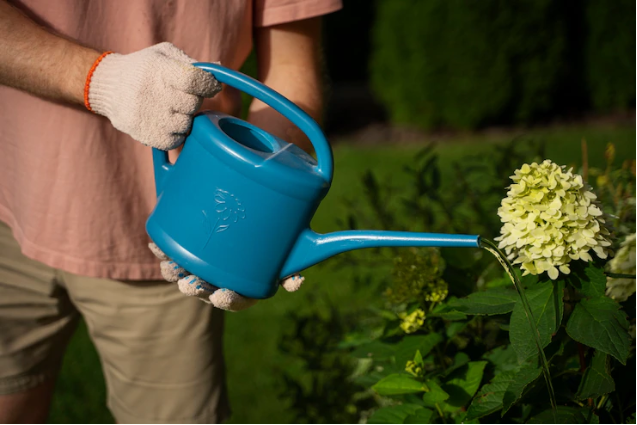What Outdoor Plants Don’t Need Drainage
If you want a low-maintenance outdoor plant, one option is to choose one that does not require drainage holes. You can find a number of varieties of these plants. These include snake plants, dracaena, and Coleus. All three are semi-succulents and will grow in full sun. In addition, they do not require much water and have low-maintenance requirements.
Snake Plant
To care for Snake plant, choose a well-draining soil. It likes tropical houseplant soil, but you can use standard potting soil as well. You can also add peat moss or perlite to your potting mix to add moisture retention. A small amount of compost may also be beneficial for your plant. It tends to retain moisture and can be added safely to the root ball.
Snake plants grow best in small pots, and they need water only when they become dry. They usually need only half their soil’s moisture in warmer months, and half that amount during the colder months. If they don’t get enough water, you will notice their leaves start to wilt. Aside from being easy to maintain, Snake plants are also known to be effective air purifiers.
Dracaena
Dracaena is an excellent choice for outdoor gardens because it does not require drainage, and is one of the easiest plants to care for. However, the plant is susceptible to pests and disease, and you should be on the lookout for any signs of infestation. The most common symptoms include webbing, small white spots, and discoloration. To eliminate these pests, use an environmentally friendly horticultural insecticide.
Once established, Dracaena needs medium to bright light with filtered air. Ideally, the plant should be in an area away from cold drafts, and it should be given sufficient space to grow. Some varieties can grow to quite tall heights.
Coleus
Coleus is a great choice for gardens, patios, and porches. Its beautiful foliage will brighten any outdoor space. Its compact roots don’t like excessively dry soil, so you’ll need to plant it in a place where it gets consistent moisture. In general, Coleus likes soil that’s neutral to slightly acidic. A pH of 6.0 to 7.0 is ideal. You can achieve this pH level with a soil amendment or by adding fertilizer.
Coleus prefers partial shade and morning sunlight. It can also be planted indoors during cooler months. To plant, simply choose a pot with adequate drainage and place the plant in the pot. If you’re unsure of how to pot your coleus, consult the plant’s planting instructions to determine where it should go.
Coleus is Semi-Succulent
Coleus is a great plant to grow indoors or out. It thrives in moist soil between 75 and 80 degrees. If you are worried about soil drainage, you can try a fluorescent grow light. This will ensure your plants are receiving plenty of light without becoming waterlogged.
When grown indoors, coleus needs regular watering and fertilizing with a water-soluble fertilizer. The soil should be slightly moist during active growth, but drier during winter. For best results, plant coleus in a sunny spot with indirect sunlight and high humidity.
Care for coleus is easy. Make sure you keep soil moisture at an even level and check its leaves for curling. This can be a sign of overwatering or drought stress.
Croton
If you want to grow croton outdoors, you don’t need to worry about drainage. Crotons don’t need much water, but they do require moisture in the soil. Ideally, they should be misted frequently to maintain a moist environment. During the winter, you should water them less often.
Crotons are susceptible to many pests, including mealybugs and scale. These insects feed on the leaves of crotons and can cause the foliage to look dull. These pests can be treated with insecticidal soap or neem oil. A hose can also be used to spray the foliage.
Crotons like a warm, humid environment. The perfect temperature for them is 60-85 degrees. They may die off if temperatures dip below that. A moderate humidity is fine, but you should protect them from air conditioning or drafts. If you live in a dry climate, you can add a humidifier or place pebbles filled with water to provide the humidity needed for the crotons.

